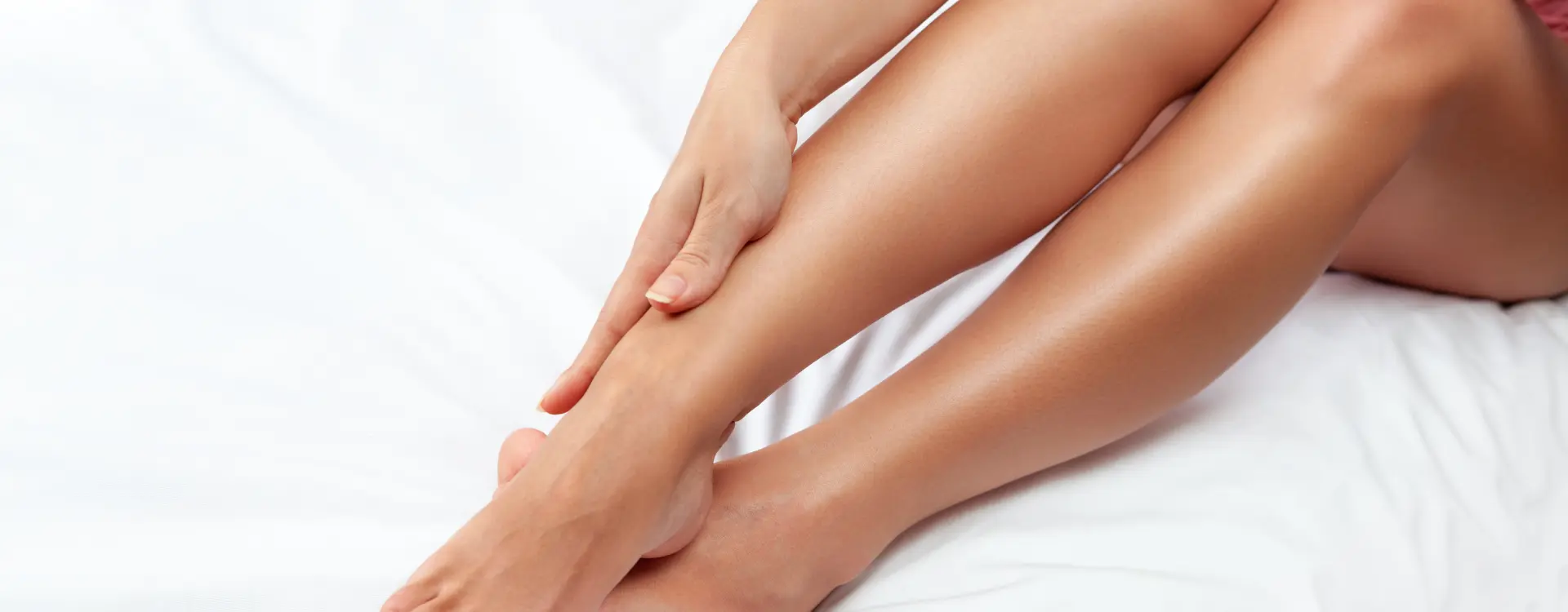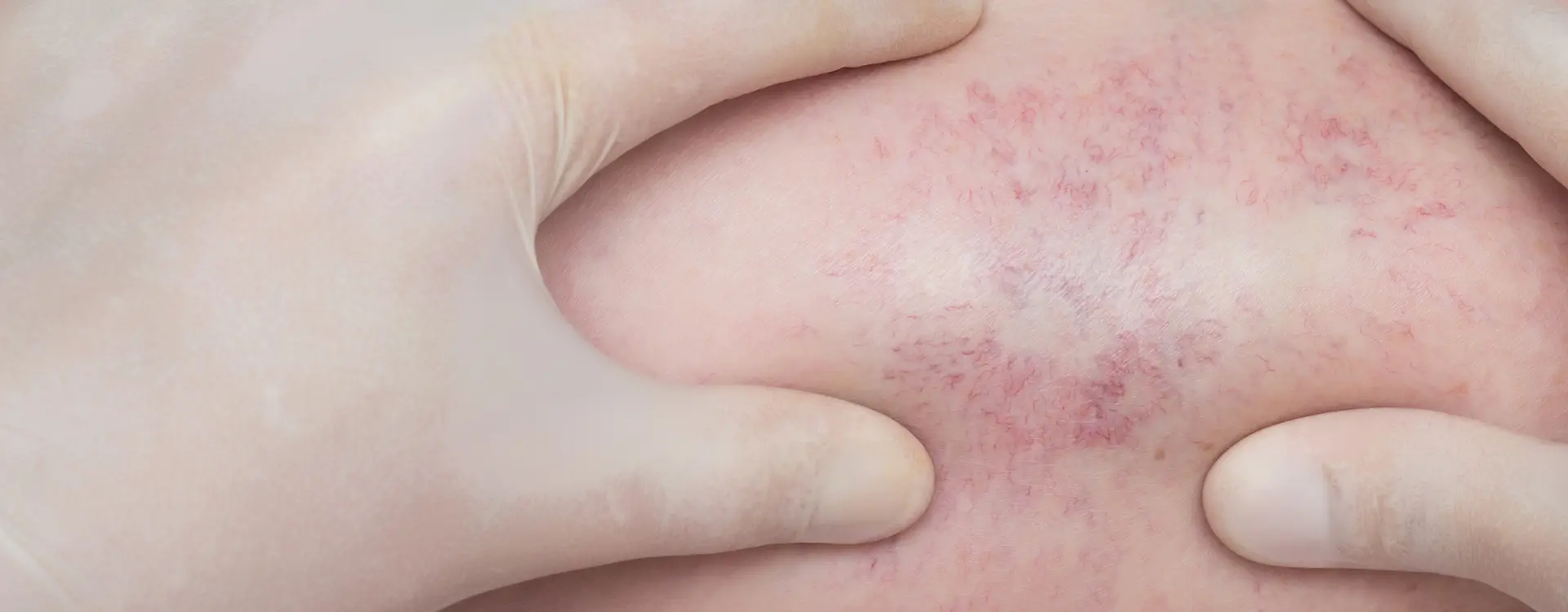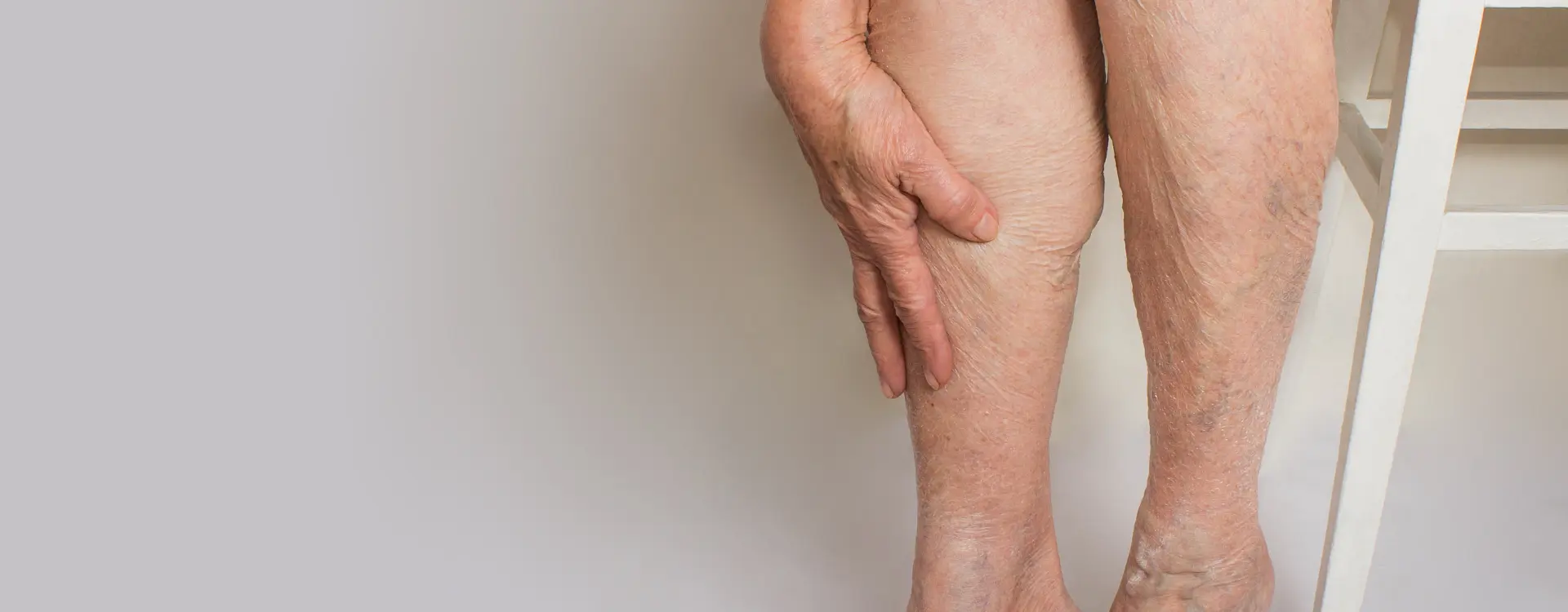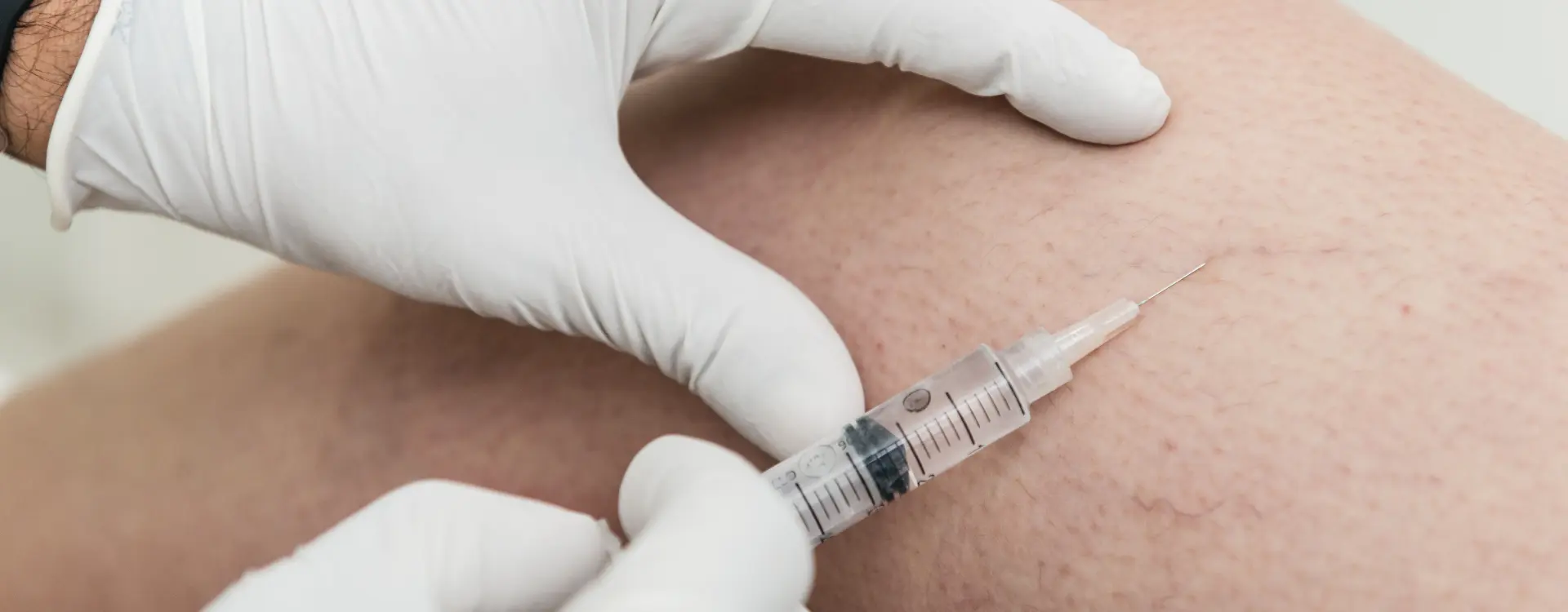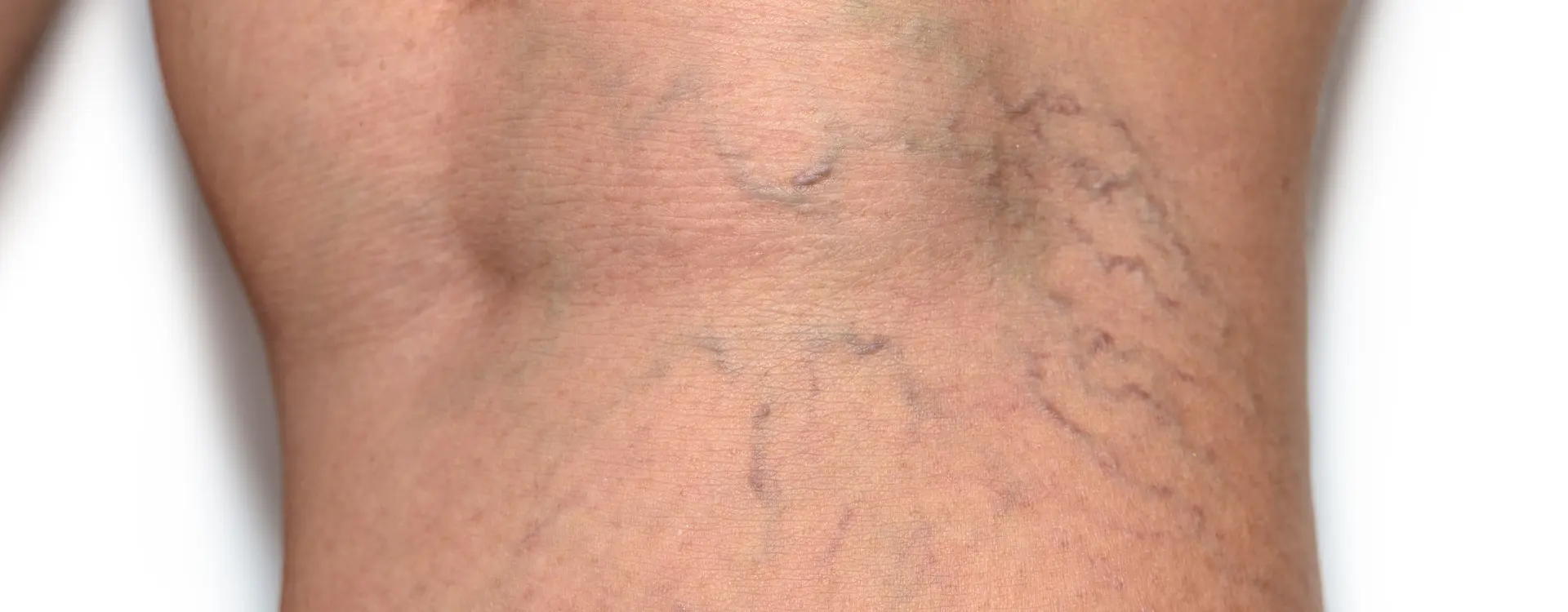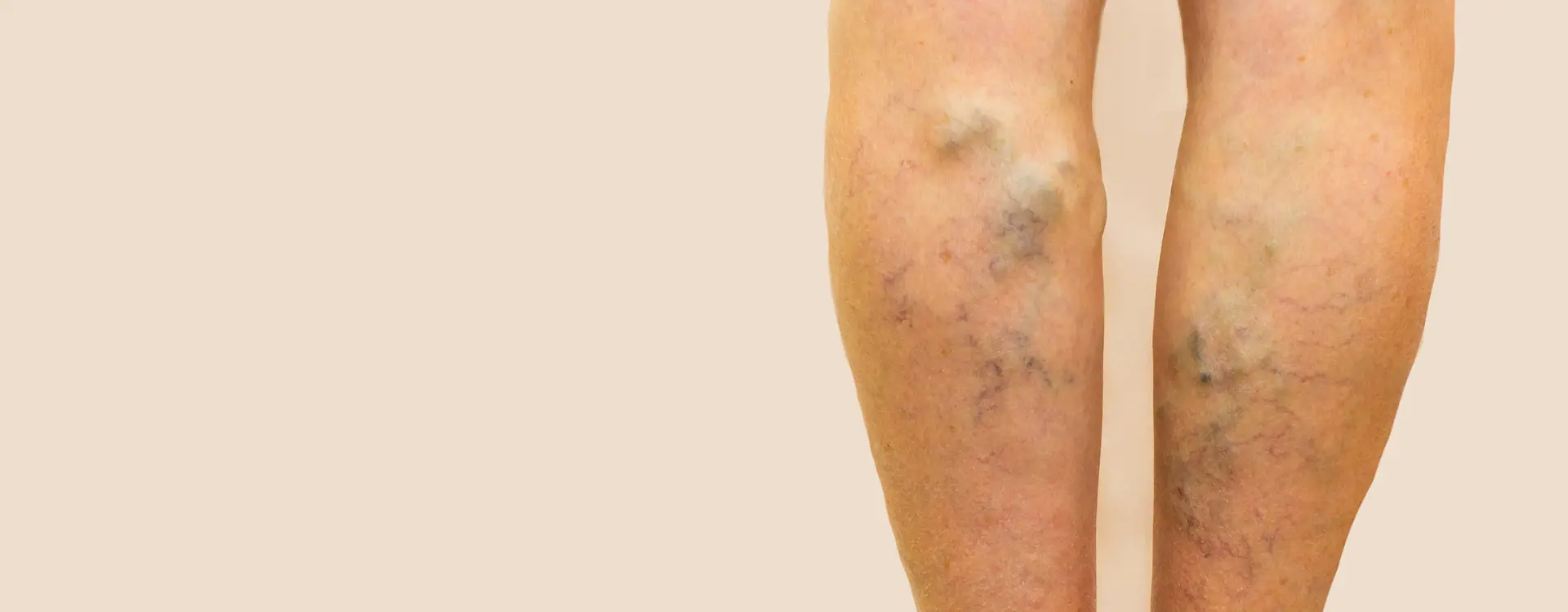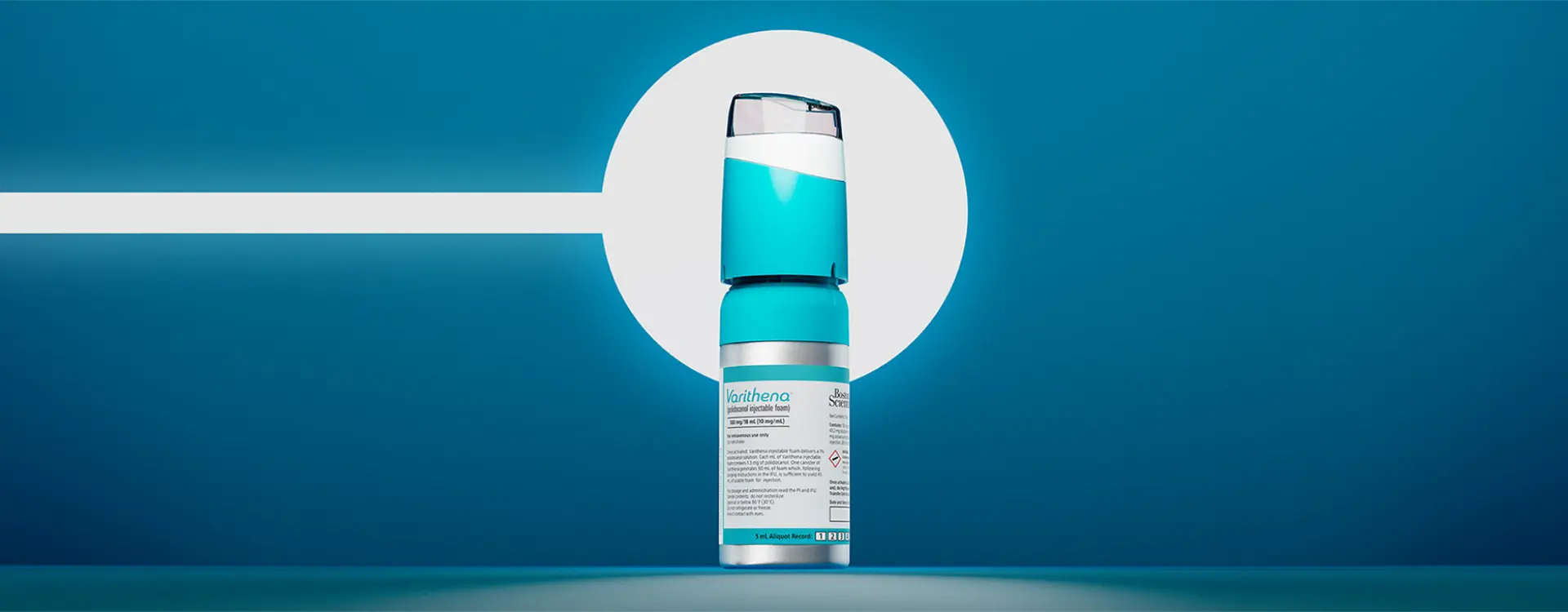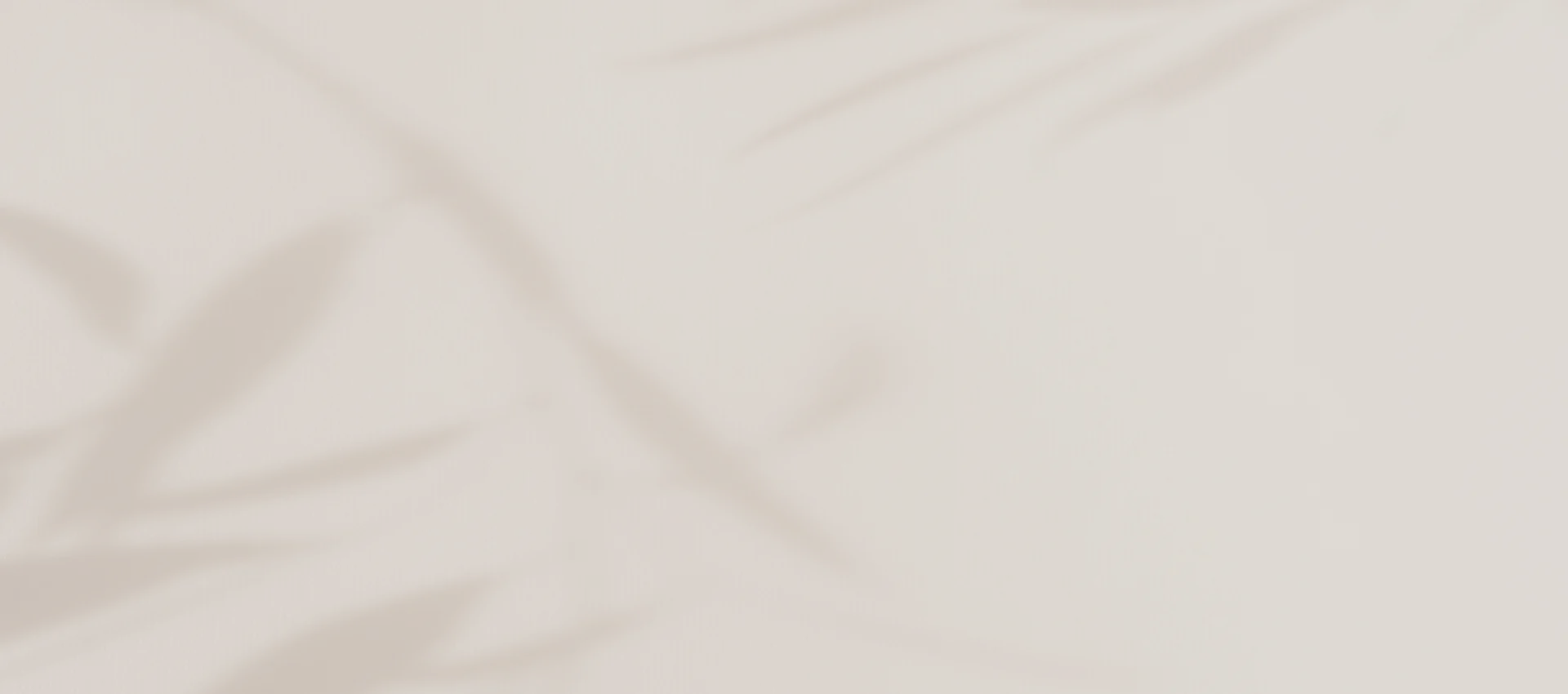Modern Vein Treatment Options
We offer an array of specialized vein treatments to suit your individual needs. From varicose veins to spider veins and beyond, our innovative solutions are crafted to tackle your specific vein challenges. Our treatment arsenal includes Sclerotherapy, Laser Vein Treatment, and Varithena, all executed with surgical precision and compassionate care.
Expertise Meets Individuality
Reserve your consultation today to explore how Bellava’s expertly tailored aesthetic treatments can magnify your individual beauty and confidence.
Book Now
Seasoned Professionals
Our board-certified physician, Dr. D’Alessio and staff are committed to delivering unparalleled care. Their collective wisdom and skill ensure a safe and fulfilling experience throughout your vein treatment journey.
Proven Efficacy
Choose Bellava MedAesthetics for treatments that not only work but excel in resolving your vein issues. Our techniques are backed by science to diminish vein visibility, relieve discomfort, and enhance your skin’s radiance.
Swift Recovery
We value your time. Our treatments are renowned for their minimal downtime, enabling you to swiftly return to your daily activities.
Tailored Treatment Plans
We celebrate your uniqueness by offering customized care and treatment strategies aligned with your specific needs and aesthetic goals.
Boosted Self-Esteem
Our treatments empower you to showcase your natural beauty with newfound confidence.
Improved Lifestyle
Vein issues can be more than just a cosmetic concern; they can affect your daily life. Our treatments aim to relieve any discomfort, enriching your overall quality of life.
Lasting Results
Invest in a future free from vein concerns. Our treatments provide enduring solutions, making vein issues a relic of the past.
Begin Your Transformation Today
Schedule a consultation with Bellava’s experts to embark on a personalized journey towards aesthetic excellence and self-renewal.
Book Now
Comprehensive Vein Treatment Services at Bellava MedAesthetics Vein Center
Radiofrequency Ablation (RFA) at Bellava
We offer RFA at Bellava to treat varicose veins, providing a minimally invasive solution for pain relief and aesthetic improvement.
Ultrasound guides the doctor to insert a thin catheter via a tiny incision, requiring only local anesthesia. The catheter’s radiofrequency element contracts the vein, rerouting blood to healthier vessels.
Procedure Time & Recovery
Completed in under an hour as an outpatient procedure. Resume normal activities the same day and wear compression stockings for two weeks for optimal results.
RFA Advantages
- Small incision, minimal discomfort
- Quick recovery
- Combinable with other vein treatments
Sclerotherapy at Bellava
Sclerotherapy involves a polidocanol injection into the affected vein, causing it to collapse and reroute blood to healthier veins. The vein fades as it’s absorbed into the tissue. Minimal discomfort is experienced, and side effects are rare.
Treatment & Recovery
Effective in 2-4 sessions, with minimal downtime. Compression stockings are recommended for a few days post-treatment.
Sclerotherapy Benefits
- Safe, affordable, and nearly painless
- Quick recovery
- Effective in a few treatments
Varithena® at Bellava
We utilize Varithena® at Bellava to address superficial venous reflux disease symptoms. It complements thermal treatments and accesses hard-to-reach veins.
Procedure
The doctor injects Varithena® microfoam into the faulty veins. It’s a minimally invasive, non-surgical method, requiring only local numbing—no additional anesthesia needed.
Effect
The microfoam expands, causing the problematic vein to collapse and redirecting blood flow. This gradually eliminates visible veins.
Varithena® Advantages:
- Low-risk with just minimal discomfort
- Noticeable outcomes after just one session
- Non-surgical, completed in under an hour
- Compatible with other vein treatments for optimal results
Your Path to Gorgeous Legs Starts Now!
Ready to say adieu to unsightly veins and welcome a life of clear, beautiful skin? At Bellava MedAesthetics Vein Center, we’re eager to accompany you on this transformative journey. Contact us today to arrange your consultation. We’re ready to collaborate with you on a treatment plan that’s uniquely yours.
Vein Treatments Services we offer
We’re actively doing Vein Treatments near the following nearby locations:
 New York
New York
Service Areas:
- Somers, NY
- Mount Pleasant, NY
- Dobbs Ferry, NY
- Cortlandt, NY
- Greenburgh, NY
- Eastchester, NY
- North Castle, NY
- Yorktown, NY
- Mamaroneck, NY
- Ossining, NY
- Port Chester, NY
- Harrison, NY
- Scarsdale, NY
- Rye, NY
- Peekskill, NY
- White Plains, NY
- Mount Vernon, NY
- New Rochelle, NY
- Bedford Hills, NY
- Yonkers, NY
